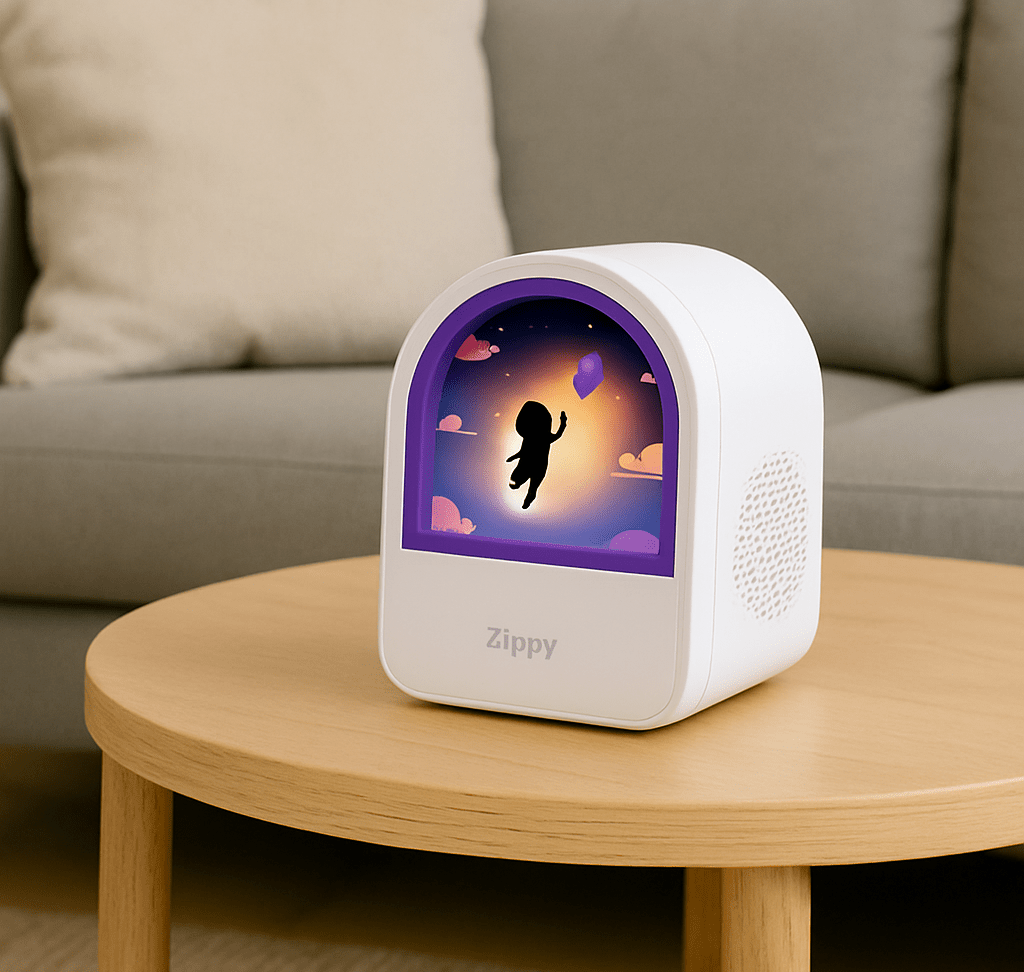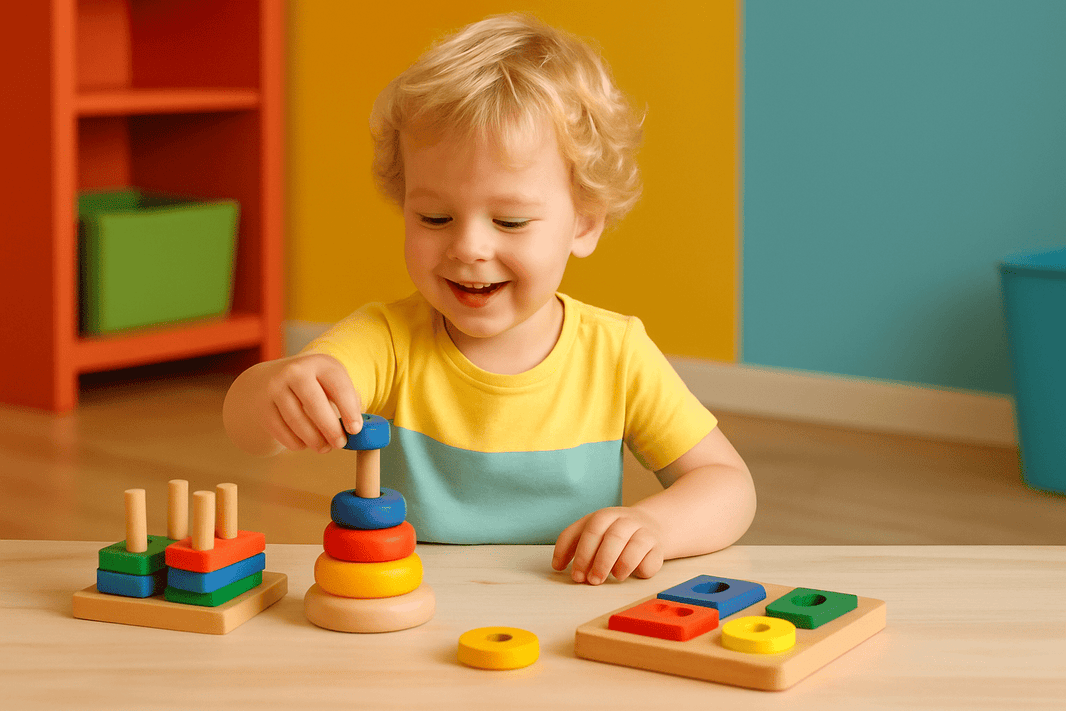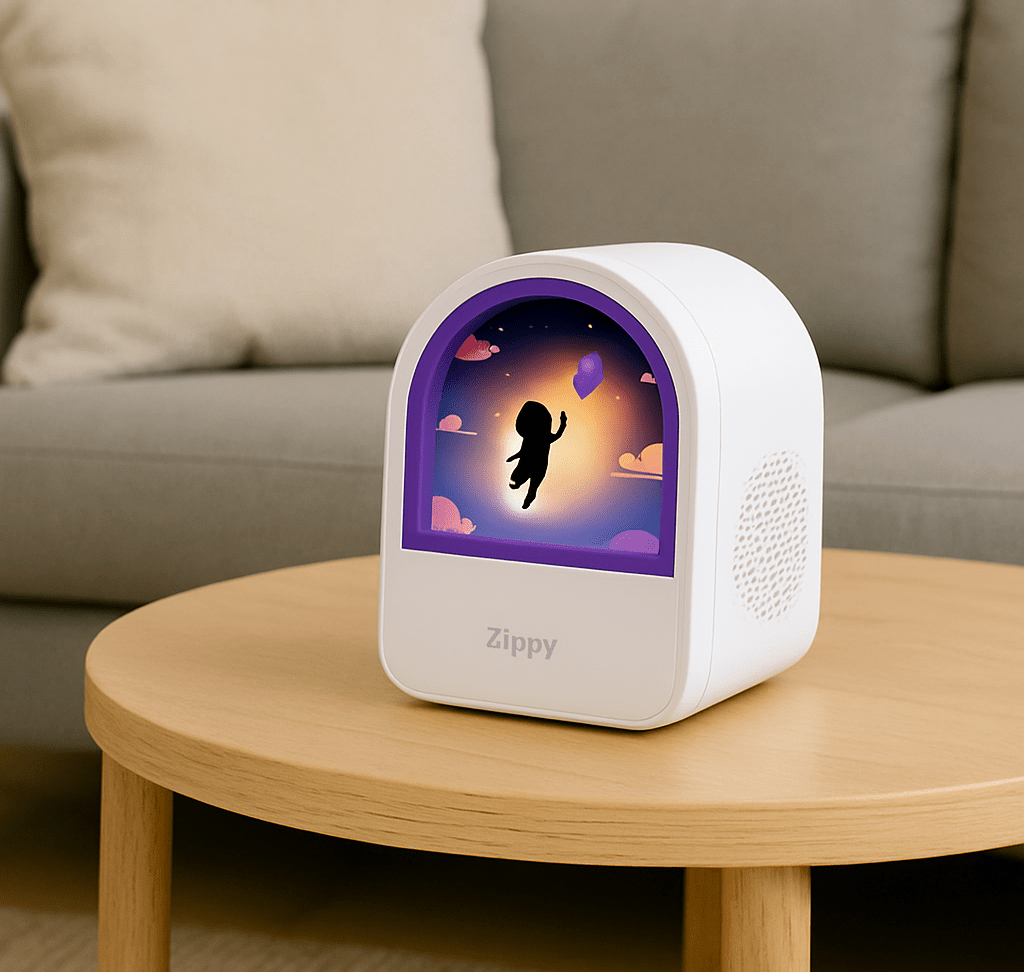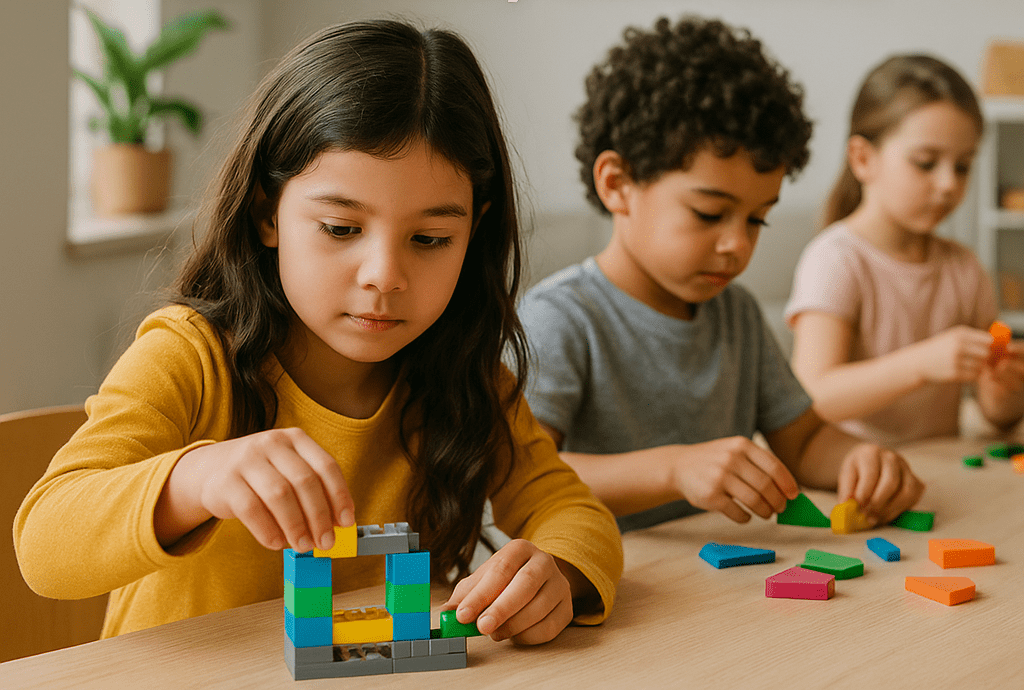Walk into any home today and you’re likely to find a glowing screen in the form of a phone, a tablet, or a TV playing in the background. For kids, that means an endless stream of videos, games, and quick entertainment. It’s convenient for parents and family members, but more families are beginning to wonder what this constant visual stimulation is doing to their children’s ability to focus, think creatively, and overall development well.
This growing concern has sparked a quiet shift: a return to learning through listening. Audio-based learning for kids is becoming more popular, thanks to parents, educators, and researchers who see its power to strengthen language skills and spark imagination — without adding more screen time to a child’s day.
This isn’t just a nostalgic nod to storytime. Modern screen-free platforms for kids are designed to make listening easy, fun, and interactive, all while supporting healthy brain development.
Let’s look at why this approach works so well, what researchers have discovered, and how today’s audio-based toys and devices like Zippy Player can turn listening into a powerful tool for growth.
Listening: The Foundation of Language
Children learn to listen long before they learn to read or write. A baby absorbs the rhythms of speech from the moment they are born — the melody of a parent’s voice, the repetition of lullabies, the sing-song tone of nursery rhymes. By age two, they already understand hundreds of words simply by hearing them in daily conversation.
Experts in child linguistics point out that listening isn’t passive. The brain is busy connecting sounds to meaning, predicting what comes next, and imagining mental pictures. Unlike watching a video, where the visuals do most of the work, listening trains children to focus, process, and visualize, skills that lay the groundwork for reading comprehension and critical thinking later on.
When kids engage in audio-based learning, they aren’t just entertained, they are actively exercising memory, attention span, and verbal reasoning.
What Research Tells Us About Screen Time
Several studies have shown that excessive screen specially for kids of age 0-10 use can interfere with language development. According to the American Academy of Pediatrics, children who spend long hours with screens may have smaller vocabularies and find it harder to express themselves. Harvard’s Center on the Developing Child highlights that frequent back-and-forth conversation, not passive screen watching, is one of the strongest predictors of language growth.
This is where screen-free platforms come in. They deliver stories, songs, and educational content without screens, visual distraction, allowing children to focus fully on words and sounds. That means they hear new vocabulary in context, pick up on sentence structure, and engage their imagination to “see” the story that unfold in their minds.
The Power of Storytelling Without Screens
Think about your own childhood. Chances are, some of your warmest memories include someone telling you a story, a grandparent at bedtime, a teacher reading aloud in class, a sibling making up silly adventures. Those moments felt magical because your brain was fully engaged, creating pictures, emotions, and meaning from sound alone.
Today’s screen-free platforms for kids recreate that magic in a way that works for busy parents. Instead of handing over a tablet, you can hand your child an audio card/audio player or press play on a story they love. The technology stays simple, the focus stays on listening, and children get the freedom to imagine the characters and scenes themselves.
Building Vocabulary and Grammar Naturally
Listening to stories exposes children to a much richer set of words than everyday conversation usually provides. They might hear words like “marvelous,” “clattered,” or “gloomy” words that rarely appear in casual talk but enrich a child’s understanding of language and vocabulary.
Hearing well-formed sentences over and over also teaches grammar without formal instruction. Children learn the rhythm of language, where pauses go, how sentences flow, and how questions sound different from statements. This type of learning is crucial for reading readiness and later academic success.
In this form a child learn many new skills without realizing in very fun and entertaining way.
Songs and rhymes add another layer by helping children notice sounds inside words — a skill known as phonemic awareness — which is a stepping stone to learning how to read.
Audio-Based Toys: More Than Just Fun
The new generation of audio-based toys is designed to combine entertainment with learning. They are simple to operate, durable enough for small hands, and often come with a library of content that parents can control.
Because these toys are screen-free, they avoid overstimulating children with constant motion and bright visuals. Instead, they promote quiet concentration and imagination. Many devices, including the Zippy Player, offer a mix of stories, songs, educational quizzes, and calming music, making them suitable for multiple parts of a child’s daily routine.
Healthy Screen-Free Habits
Parents are increasingly aware that managing technology use is part of modern parenting. Screen-free platforms for kids provide an easy way to create healthier routines.
You might start with:
-
Playing a cheerful story in the morning to set a positive mood
-
Using a science fact card after school to spark curiosity
-
Ending the day with a calm bedtime story or music track to help kids wind down
This approach gives children structure, predictability, and something to look forward to — all without adding extra screen time.
Tips for Parents Who Want to Start
If you’re thinking about introducing audio learning in your home for kids, here’s a simple roadmap:
Choose the right device: Look for a screen-free audio player for children that offers high-quality, age-appropriate content. A device like Zippy Player is a good choice because it is easy to operate, safe for kids, and comes with a growing library of curated content.
Create a listening corner: Dedicate a small spot at home with a chair or floor mat with audio device and story books where your child can sit and enjoy their stories. This turns listening into a special ritual rather than background noise.
Engage with the content: Listen with your child whenever possible and talk about the story. Ask open-ended questions like, “What do you think the character will do next?” or “Why was that part funny?” This encourages comprehension and critical thinking and builds a connection.
Make it part of the routine: Consistency is what turns listening into a habit. Even 10-15 minutes a day can make a big difference over time.
Balance fun and learning: Mix educational stories with playful ones. The goal is to keep children excited to listen and keep away from screens while giving them valuable language input.
Looking Ahead: Why Audio Learning Is Here to Stay
Screens aren’t disappearing anytime soon, but parents are discovering that not every learning experience needs to be tied to a screen. Audio-based learning for kids gives families the best of both worlds — the variety and convenience of technology, without the constant visual stimulation.
More and more parents are noticing that these listening moments do more than keep kids entertained. They help children practice focus, build imagination, and express themselves more clearly. Listening creates little pockets of calm in the day, giving kids the space to slow down, think, and absorb information at their own speed.
As we move into 2025, it’s clear that screen-free solutions are becoming an essential part of all family life. Parents are using screen-free platforms to strike a healthier balance between digital engagement and real-world learning.
Final Thoughts
Return to audio learning isn’t just a passing trend, it’s a shift toward a more mindful, healthy and meaningful way for kids to learn. Choosing the right audio-based toys and devices means you’re not just offering entertainment but you’re helping your child expand their vocabulary, improve their listening skills, and grow into a confident communicator by not compromising their eyes and mental development. The important thing to notice is that these devices are easy to operate for kids too making them independent to enjoy anytime.
For families looking for a fun, educational, and screen-free option for their kid, a device like Zippy Player can be the perfect solution. It brings back the magic of storytelling while encouraging kids to imagine, dream, and learn at their own pace one story at a time.





